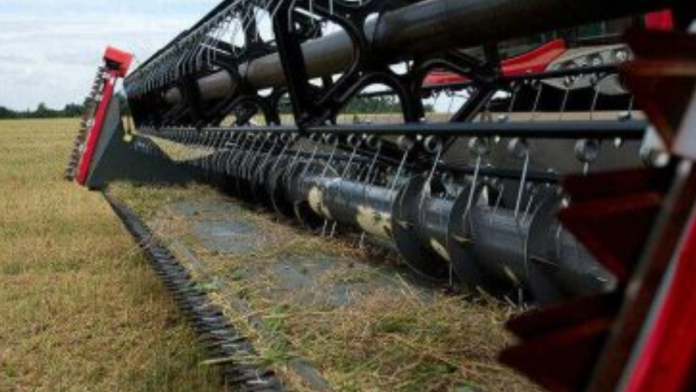Cold forging is widely utilized in manufacturing for growing high-electricity metal additives with superior mechanical properties. Its primary applications encompass automobile parts including gears, shafts, and bearings, where sturdiness and reliability are vital. Moreover, cold forging is employed in aerospace components like fasteners and structural parts due to its capability to preserve material integrity and electricity under severe conditions.
In the creation industry, it’s far utilized for generating bolts, screws, and fittings that require superior electricity and resistance to put on. Cold forging is also carried out in electronics for production connectors and terminals that demand specific dimensions and sturdy mechanical properties. To read more about cold forging must visit our website. Usually, cold forging is desired in industries where generating complicated-formed parts with notable mechanical overall performance and value efficiency is paramount.
Can Cold Forging Be Used for High-volume Production?
Yes, cold forging is properly suited for high-volume manufacturing due to its capability to quickly and successfully form steel components with minimal material waste. The process’s high-velocity skills, coupled with its capacity to keep material electricity and dimensional accuracy, make it price-powerful for producing huge portions of additives such as fasteners, bolts, and automotive components. This performance makes cold forging a favored choice in industries requiring mass manufacturing of strong and sturdy metal elements.
Comparison between Machining and Cold Forging
Within international production, there are numerous methods for shaping and forming metals into the preferred parts and additives. Of those strategies are machining and cold forging. When both tactics are used to create steel parts, they range substantially in their method, benefits, and application. This article will offer a comparative evaluation of these two production approaches.
Efficiency and Material Utilization
Machining is often visible as less efficient than cold forging because of the quantity of waste it produces. Because machining involves putting off material to create a component, it frequently affects a significant amount of scrap metal. This not best wastes material but also increases costs.
In comparison, cold forging is a greater efficient procedure in terms of material utilization. Since the manner involves deforming instead of casting off material, there may be minimal waste. This makes cold forging an extra value-effective option, in particular for excessive-volume production.
Strength and Durability
Another key distinction between machining and cold forging is the effect on the material’s strength. Machining can sometimes weaken the material due to the warmth and pressure generated throughout the procedure. This may lead to a discount on the component’s sturdiness and lifespan.
Cold forging, but, can boost the strength of the material. The manner causes pressure hardening, which ends up in a stronger and extra long-lasting element. This makes cold forging an outstanding desire for elements that need to face up to excessive stress or wear.
Precision and Complexity
Regarding precision and complexity, machining has the top hand. Machining can produce components with very tight tolerances and complex geometries that might be hard to obtain with cold forging. This makes machining a great preference for parts that require an excessive degree of precision or problematic designs.
Cold forging, even as capable of generating parts with close tolerances, is not as versatile as machining complicated shapes. However, advancements in cold forging technology are progressively closing this gap.
Conclusion
Each machining and cold forging has its very own strengths and weaknesses. The selection between the two largely depends on the unique necessities of the element, which include its complexity, tolerance, volume of production, and material homes. With the aid of expertise in the variations between those two techniques, manufacturers could make informed choices that result in first-rate, cost-powerful components.










